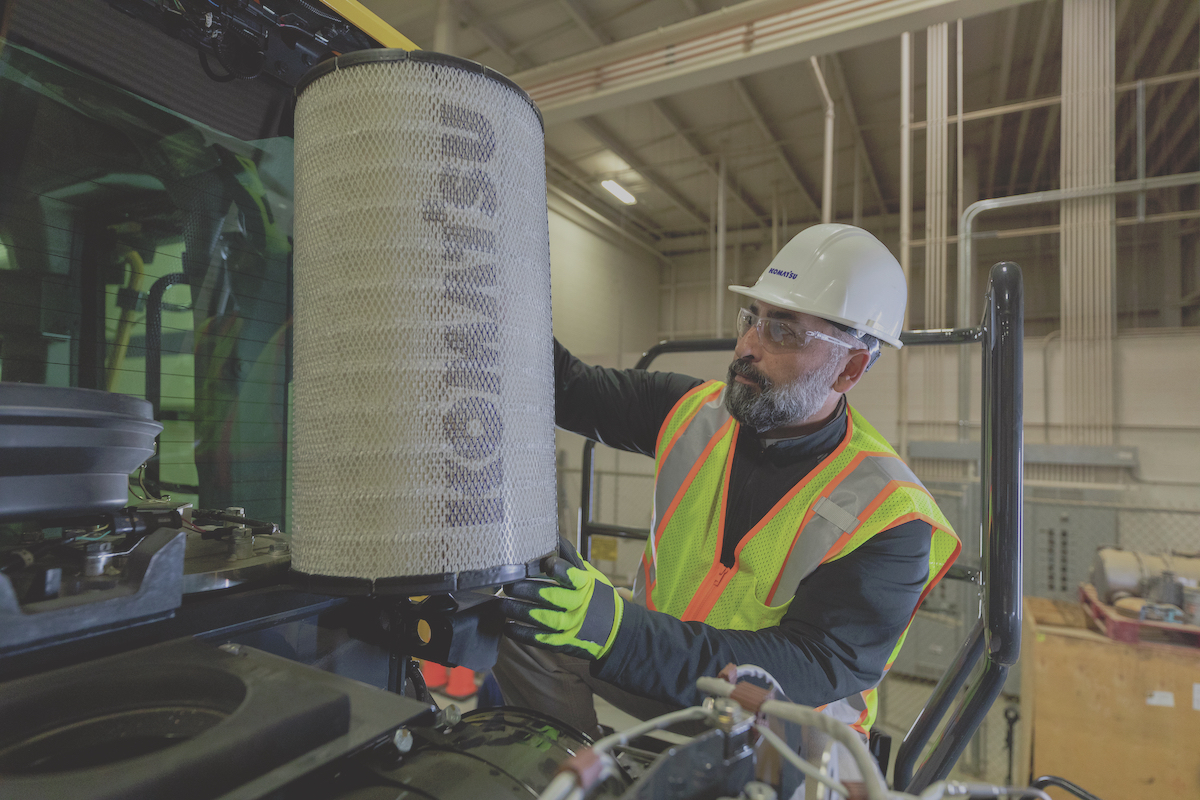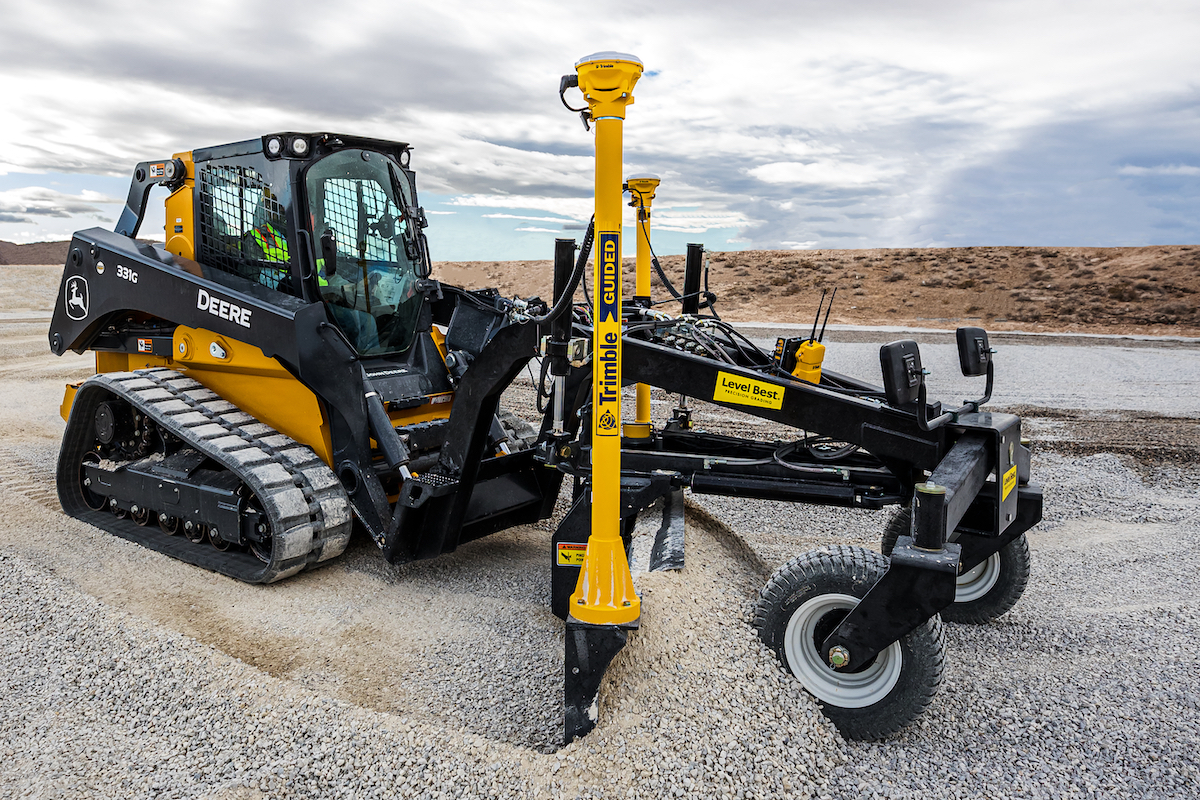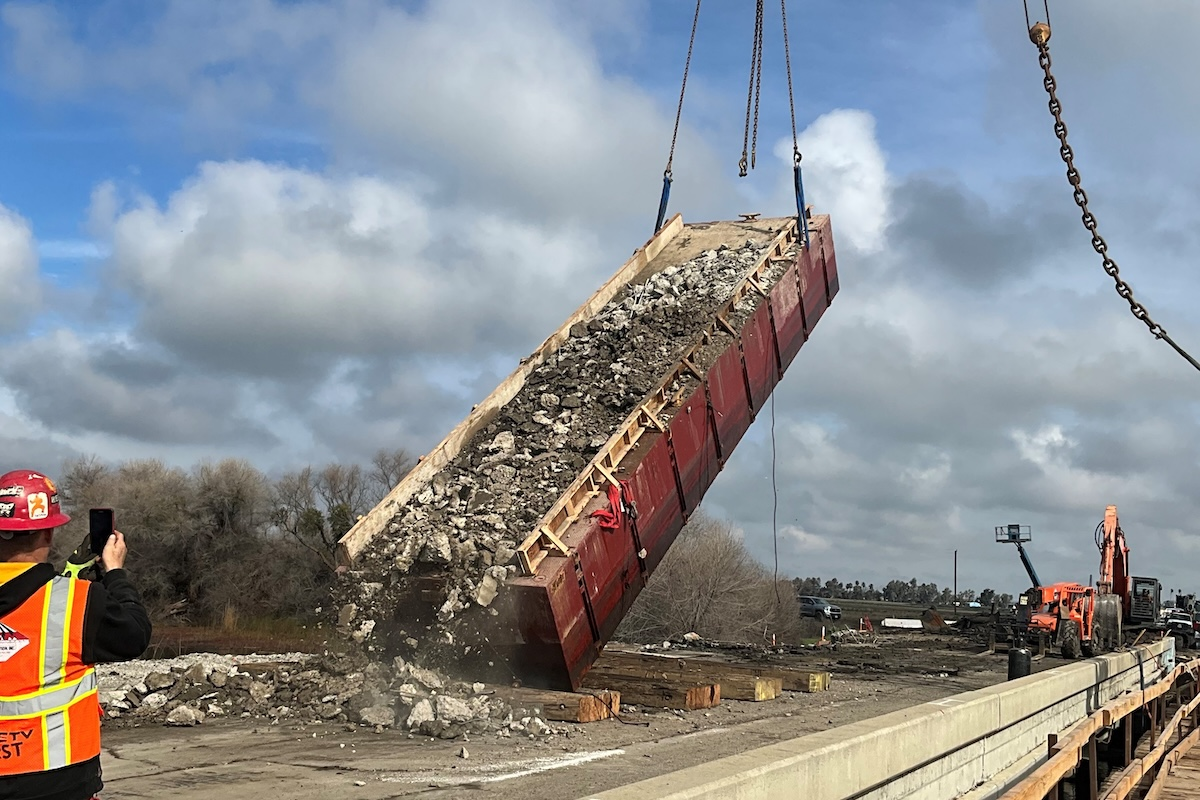Two years ago, the university purchased a Vermeer Vac-Tron LP373SGT Vacuum Excavator, which Willis said his department uses frequently. “We use it for everything, from potholing to find utilities for new construction to running it like a shop vac to pull water out of flooded buildings. We also have used it dig holes for new trees, signs, footings – we use it a lot.”
As an example, Willis knew that Vermeer made a good stump cutter, but taking stumps out for trees that have grown around utilities can be a real challenge. With their Vac-Tron LP373SGT Vacuum Excavator, when Willis’ team runs into this type of issue on campus, they employ their vacuum excavator to dig around the stump. This gives them a better visual of the root ball and utility lines, and from there, they are able to safely remove the stump without damaging nearby utilities.
After using this excavation method successfully on multiple projects, he went to the university’s administration and asked to purchase a vac for his department’s dedicated use. Willis said the university’s administration had gotten tired of seeing his department’s backhoe around campus, and with their own vacuum excavator, his crew would be able to find utilities without tearing the university all to pieces, versus the mess made with a backhoe. “Upper management kept asking me, ‘What are you digging up now?’ It seemed that every time we used the backhoe to dig around campus, it made a huge mess.”
He continued, “They really appreciated that this method is a little softer and gentler. When it came time for allocating money for new machinery, they asked me what I wanted, and I told them a vac – they were so pleased with the results they’d seen from our contracted units, that's how I got ours.”

| Your local Gomaco dealer |
|---|
| Terry Equipment |
Willis said they chose a Vac-Tron LP373SGT model because it was right sized to complete the work Elon University maintenance crew needed to do. And according to Willis, the new vacuum excavator came with everything he needed, but he did purchase additional hoses to increase the machine’s usage. “The unit comes with 25 feet of hose, but because we bought additional hoses and the couplings, we can go out as far as the distance on our piping, about 70 feet.”
He mentioned that having this extra hose available had come in handy many times. “Recently, we had a pipe burst, flooding out a building. Water was running everywhere so we backed up the machine and ran the hose through a window,” he said. “Because we had the hose and fittings to make it the right size for what we needed, we were able to use the vac to suck the water up out of the floor and straight into the tank – very similar to how restoration professionals use this type of equipment to suck the water out of the buildings.”
He added that they also bought additional accessories in order to maximize the machine’s use. “We did buy a jetter,” he said, “as well as a hose reel that attaches to it, so we can jet and clean sewer lines at the same time.”
For instance, Willis mentioned that as new buildings are being constructed, they've been trying to run sewers through older parts of the campus and have used the vacuum excavator for exposing the utilities before digging. He said that once the engineering team thought there was a gas line buried, but the locating people couldn’t find it. Willis and his crew brought the vac out, potholed the ground and found the line – enabling the engineers to visibly check it.
Other times, he said that the crews have been surprised at what they’ve found. Once, he said, his crews dug down and found a parking lot. “Back in the 1960s, there was a building and parking lot that the college wanted to make a natural area,” he said. “Basically, the crews at the time just put dirt down to cover the area, graded and landscaped it, and then everyone forgot about the parking lot. Fast forward 50 years, now we want to bury a sewer line across the area – when we dug down about 3 feet, we hit asphalt. Sure enough, the curbing and everything from the parking lot was still under there.”

| Your local Trimble Construction Division dealer |
|---|
| SITECH Southwest |
| SITECH West |
Estimating that their Vac-Tron LP373SGT vac is used about 70 percent of the time in plumbing applications, Willis said that the rest of the time it’s supporting other campus services. One thing is for sure, though, there isn’t much idle time for the university’s vacuum excavator. “It's been a good machine, and it's really been helpful,” Willis said, mentioning that the university’s maintenance departments continue to find more and more uses for the machine.
Vacuum excavators have a wide range of applications, many of which don’t even involve excavating, such as cleaning to reshaping sand traps at golf courses. Here’s a look at a few of the industries using hydro and air vacuum excavator equipment.
Cities, counties, and state entities are always discovering new ways to use vac systems. Beyond some of the traditional applications, workers employ vacuum excavators to remove roots and debris around water meters and valves, and remove waste from storm drains, catch basins, and culverts. High-pressure water wands help them with digging and cleaning. Air vacuum excavators are also excellent for pressure testing sewer lines.
Vac systems are also widely used to remove debris from drains in wash bays and car washes. These drains tend to get plugged up with mud, grease and waste oil while cleaning dirty equipment, and doing the work with a shovel is a job no one wants. Vacuum excavators do a better job in a fraction of the time.
There are a ton of applications where using a vacuum excavator can improve efficiencies while maintaining a safe working environment.

| Your local Gomaco dealer |
|---|
| Terry Equipment |




































































